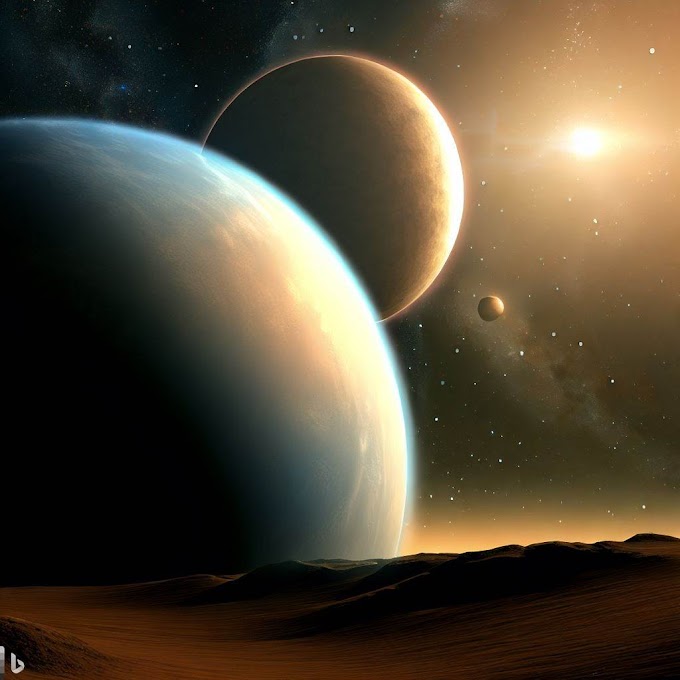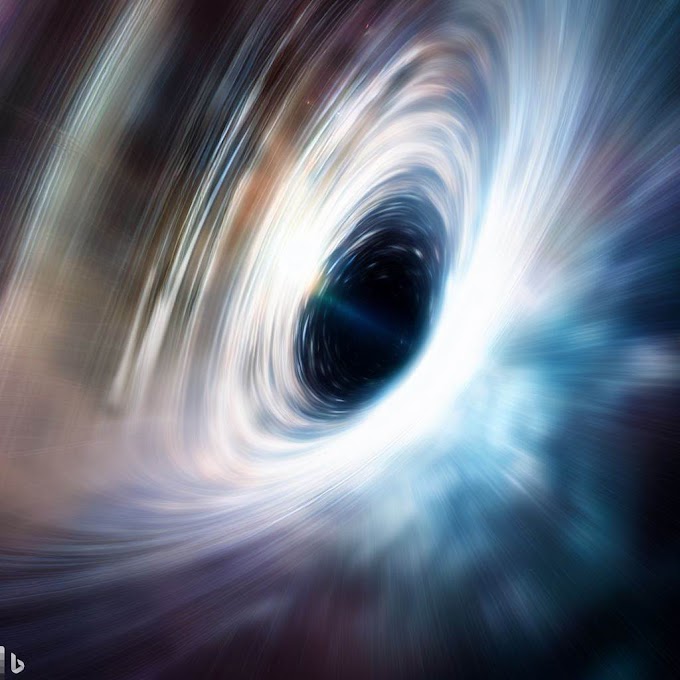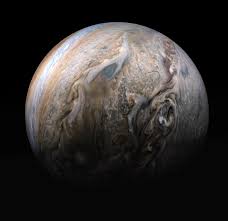Venus Planet Facts
Venus is surprisingly similar to Earth, so much so, that it's often called our 'Evil Twin'. Venus was even the first place we ever tried to explore outside our own planet, becoming the subject of the first successful interplanetary probe in 1962, launched by the U.S.
So why haven't we been to Venus yet, and why does it get so neglected these days in favor of the golden child, Mars?
During the early exploratory probe missions to Venus from the 60s thorough to the early 90s, scientist discovered that Venus is extremely hot, the pressure is bone-crushing, the winds are hurricane strength on the regular, and its atmosphere is horrendously poisonous.
It's almost Earths's twin in size, mass and what the planet itself is made out of, and recent research has made compelling cases for the idea that Venus was pretty much like Earth. But that was before something went terribly wrong and Venus went full-on goth kid toxic and we don't really know why.
Delving into how similar Venus could have been to Earth, and how we have diverged so dramatically since, is one reason why interest in exploring Venus is picking back up again. See Venus stopped being a viable target for planetary study when scientist realized that it was not a good contender for the future human habitation despite being our closest neighbor, and that its extreme conditions would make it horribly difficult to study with our Earth-made instruments.
I mean can you imagine the rover we would have to build to be able to withstand Venus's rain showers of sulfuric acid?
But if its dark-side similarity to Earth and thee possibility that it had life sustaining oceans for billions of years weren't enough to warrant a reward push to explore it, Venus is also interesting because of the possibility that it may have plate tectonics: not all planets have plate tectonics, where the pieces of the top layer of crust shift around and move against one another.
Scientists think plate tectonics may bee crucial for making planets habitable-researchers think that plate tectonics may play a role in keeping the climate from becoming too extreme in either direction, sort of evening out the temperature highs and lows by cycling carbon dioxide between the deep core of the planet and the atmosphere over millions of years.
So studying Venus's topography could clue us in on the planet's geologic history and give us more insight into how potentially habitable or once-habitable planets behave. Between that, its crazy atmosphere of carbon dioxide and sulfuric acid, the double dose of solar radiation it receives as our next closest neighbor to the sun, all make it a tantalizing research subject and a great test planet for seeing what exoplanets might be like.
As we push farther into the researches of space, we are looking for potentially habitable, or life sustaining planets beyond our solar system, and Venus is starting to look like it might be quite similar to those. So the more we understand about Venus. the more we may know about other planets beyond our solar system too!
So when are we going get out there and say hi? The Indian Space Research Organization, or ISRO, has an orbiter launch scheduled for 2023, and although the project has been kept heavily under wraps, we do know that the orbiter will be loaded with sensors and hopes to map the planet through its thick, opaque atmosphere using radar. NASA planetary scientists also hope they can get a mission to Venus off the ground by 2025, and the European Space Agency has plans to send an orbiter in 2032.
So while Venus is finally getting the attention she deserves again, her secrets may help us unlock not only our past here on Earth and how life came to be on our planet, but also what the future planets similar to Venus, like Earth could look like under dramatic circumstances.




















0 Yorumlar